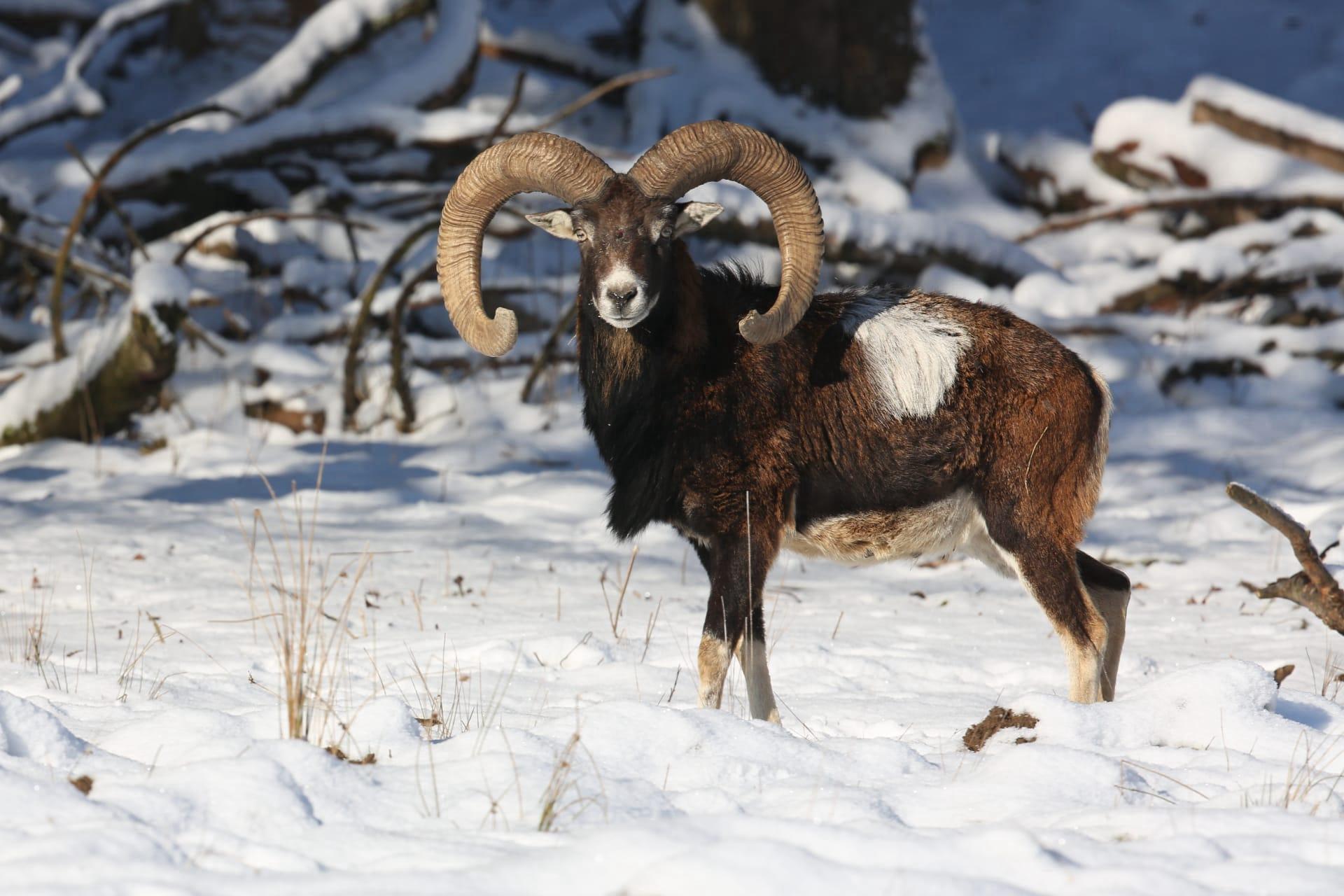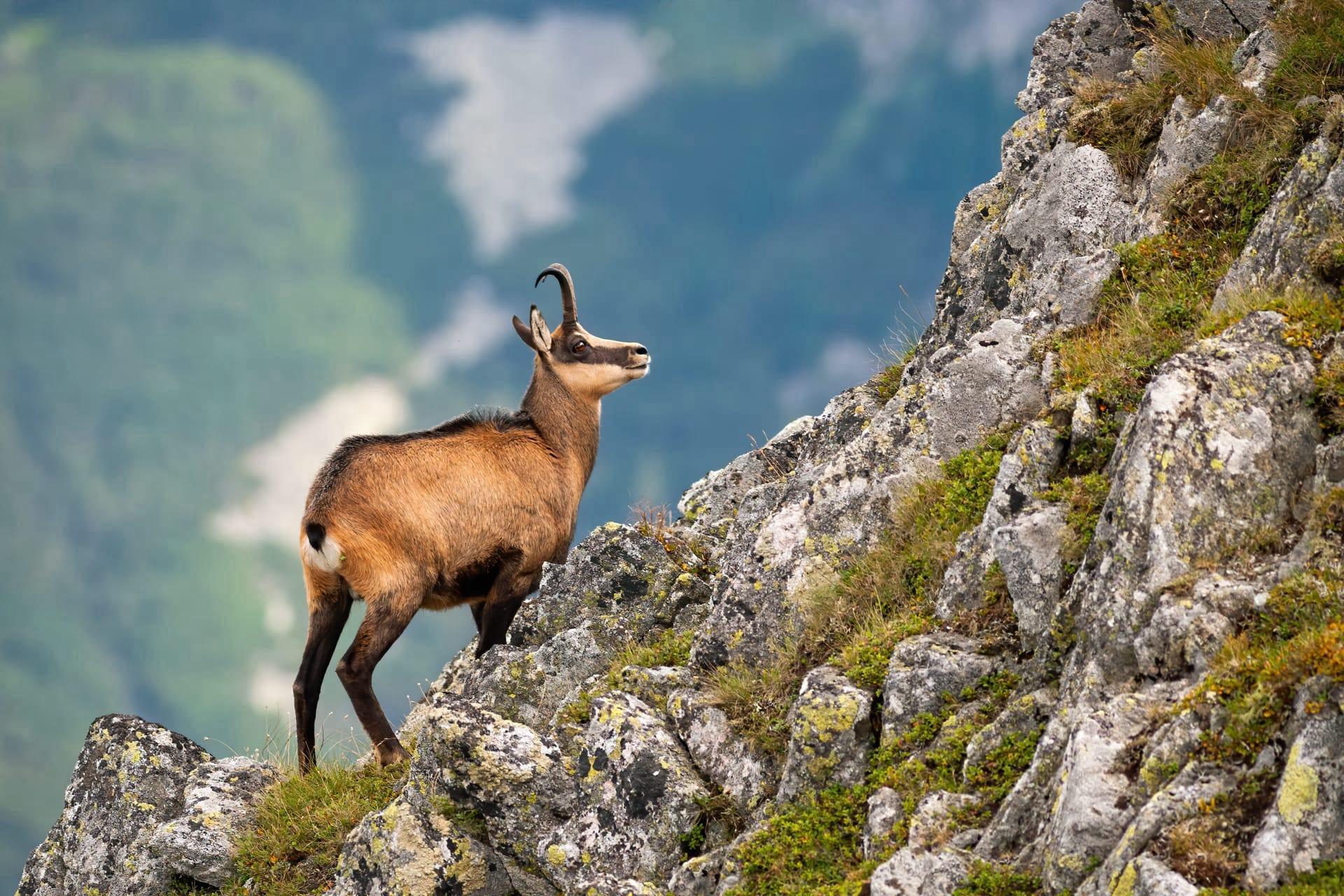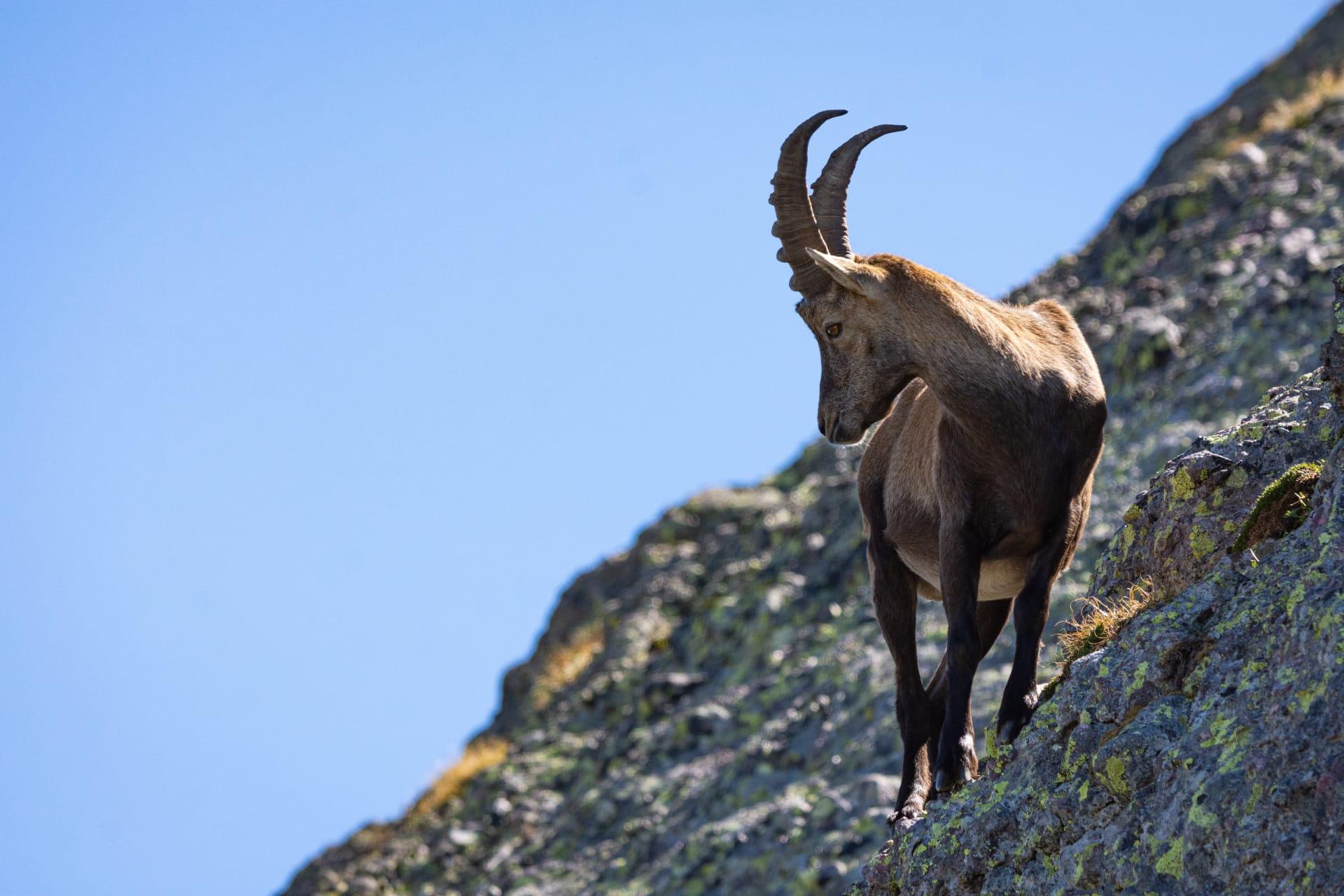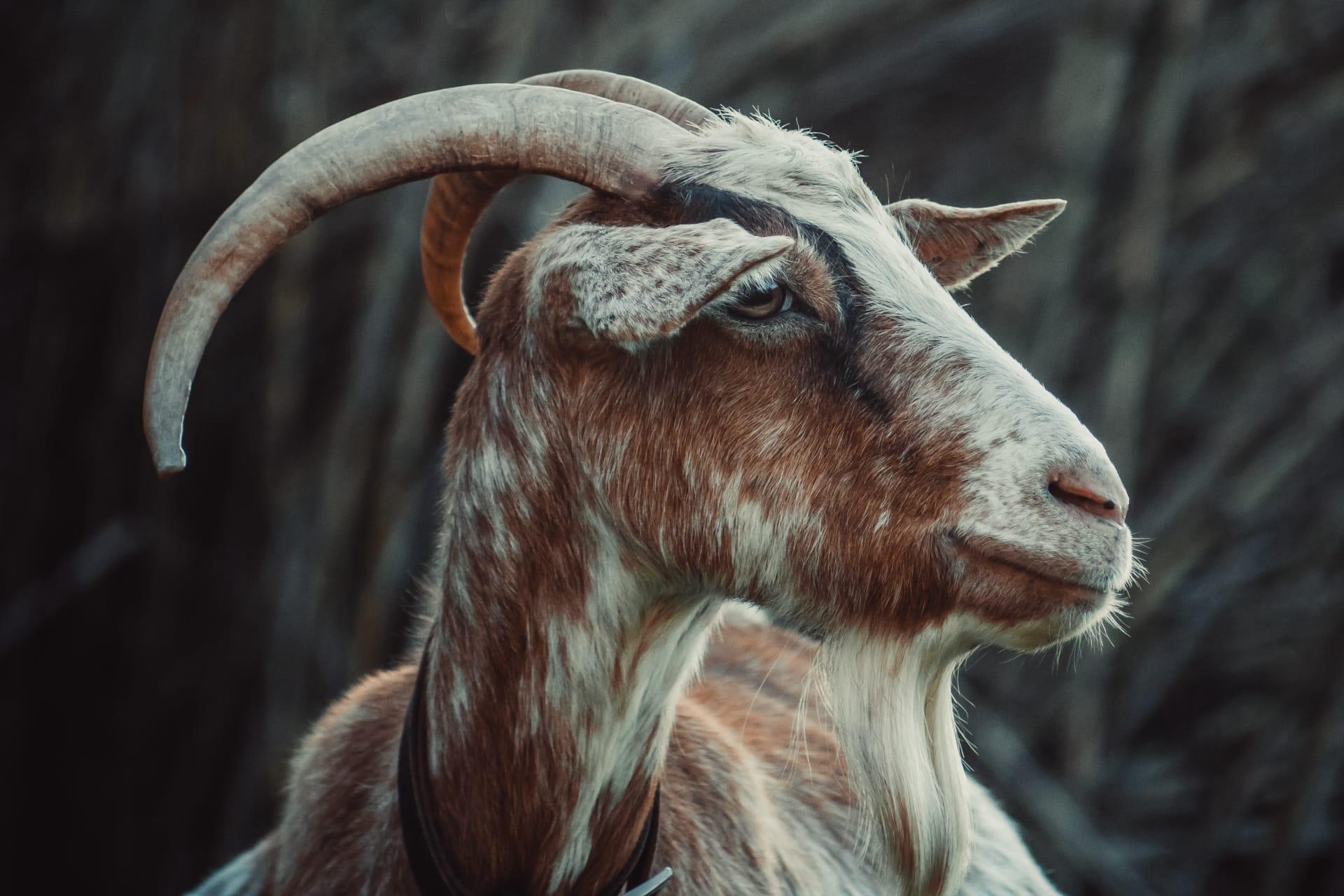Goat Characteristics
- Home /
- Mini Encyclopedia /
- Animal /
- Goat Characteristics
1
Goats, known scientifically as Capra aegagrus hircus, are fascinating creatures with a range of physical characteristics. Adult goats typically weigh between 45 to 140 pounds, with males usually larger than females. They stand about 17 to 34 inches at the shoulder, depending on the breed. These hardy animals can live for about 15 to 18 years, with some even reaching over 20 years in good conditions. What sets goats apart is their adaptability to diverse environments, from mountains to plains.
One of the most distinctive organs of a goat is its eyes. Goats have rectangular pupils, a unique feature among livestock. This shape provides them with a wide field of vision, up to 320 to 340 degrees, allowing them to see predators from various angles without turning their heads. The pupils’ horizontal orientation helps them to quickly detect movement across a broad panoramic view, crucial for survival in the wild.

2
Question: Why do goats often climb trees and mountains?
Answer: Goats are naturally curious and agile creatures, known for their remarkable climbing abilities. Their hooves have a hard outer rim and a soft, concave underside, which act like suction cups to grip steep and uneven surfaces. This hoof structure, combined with strong, muscular legs, enables them to climb steep, rocky terrains and even trees in search of food. This behavior is not just a display of agility; it's a survival strategy to find scarce food resources in arid or mountainous environments.

3
Goats are renowned for their agility and balance, which are key components of their movement characteristics. They can jump up to 5 feet high and are capable of leaping over obstacles with ease. Their nimble and sure-footed nature allows them to navigate rough terrains, making them excellent climbers and jumpers. This agility also plays a crucial role in escaping predators.
In terms of feeding, goats are browsers rather than grazers. They prefer to eat leaves, twigs, vines, and shrubs, showing a strong preference for variety in their diet. Goats have a four-chambered stomach, with the first chamber, the rumen, capable of holding up to four gallons of plant material. This allows them to digest tough plant matter efficiently, extracting essential nutrients and minerals.

4
Goats thrive in a variety of environments, from mountainous regions to arid deserts. They are highly adaptable and can survive in harsh conditions, thanks to their hardy nature. They generally prefer dry climates and are often found in areas where there is ample scrub and bush for them to forage. Their ability to consume a wide range of plant materials allows them to adapt to different ecological niches.
Reproductively, goats are prolific breeders. Females, known as does, reach sexual maturity at about 6 months of age, although breeding at this age is not recommended. The breeding season typically starts in the autumn. Gestation lasts around 150 days, resulting in one to three kids per birth. Goats are known for their strong maternal instincts, and the kids are usually weaned at around three months of age.

5
Book: "The Secret Life of Goats" by Jane Smith, published in the United States in 2010, delves into the behavioral patterns and social structures of domestic goats. Smith explores the emotional intelligence of goats, their interaction with humans, and their environmental adaptability. The book provides insights into the complex world of goats, backed by scientific research and personal anecdotes.
Book: "Goats: A Natural and Cultural History" by John Doe, published in the UK in 2015, offers a comprehensive look at the history, evolution, and significance of goats in human culture. Doe examines the role of goats in agriculture, their impact on ecosystems, and their cultural representations across different societies. This book combines historical data with modern scientific understanding, presenting a thorough overview of goats’ place in nature and human history.